Forest – A designer’s perspective is a holistic project looking into value of forests with zero-waste approach to using wood material. An alder tree is cut, researched and used in design: the solid wood material in a stool, the leftovers, branches,and bark - processed into fibres - in developing bio-based material for bowl shapes, paper is made for the publication, a shirt is died with the tree bark, leaves are made into tea and sauna "vihta" is made of leafy branches. What is the value of tree?
Forest – A designer’s perspective is a holistic project looking into value of forests with zero-waste approach to using wood material. It's a deep dive to understand and research forests and trees as beings and materials to be used in design practices. It seeks an answer to the dilemma of using wood as a designer while respecting forests and their other values.
During the Alder Project, an alder tree is cut, researched and used holistically in a design process. The alder tree is cut with a chainsaw and researched with the growth ring study to be 53 years old. Finnish wood tradition and newest research knowledge are studied and new technologies utilized.
The solid wood is dried and used to design a stool inspired by the traditional Finnish form language. The leftover material, branches, bark and wood pieces, is processed into fibers, researched for a new biomaterial, and used in a design casting process for bowl shapes. Leftover fibres are also used to make paper for the publication start pages, a shirt is died with the tree bark, leaves are made into tea, and a Finnish traditional sauna "vihta" is made of leafy branches, leftover pieces used to warm a sauna with tender heat ("löyly").
The forests are also studied through first-hand observation and documentation in forest trips. The forests and their use of them is one of the biggest issues of modern time. It affects the living conditions of the future and concerns the other species we’re sharing the planet with. 80% of all terrestrial species live in the forests. While providing material forests are dignified entities with an important role in the world – what does this mean for design?
Please highlight how the project can be exemplary in this context
The alder project is about sustainable, humane understanding of forests and recourse efficiency.
The Forests and our relation with them is one of the biggest issues of modern time. It effects the living conditions of the earth and concerns the other species we are sharing the planet with. 80% of all the terrestrial species are living in forests, many of which endangered, and biodiversity is fading in spite of international and EU commitments. The way we cultivate and use forests, and wood is generally unsustainable.
The key, I believe, to healthy relationship is understanding. We need to look at the forests as a whole, as a living environment and source of biodiversity, actor at the war on climate change and healing environment for humans, at least as much, as we now concern the economical and industrial aspects. Important is to justify and be clever on how and for what we use forest.
Presently, more than half of a tree trunk cut is chips, sawdust, and bark, byproducts not yet used efficiently. The project utilizes these leftovers for research of new fiber-based materials, using all the steps of cascading within the project, creating a holistic example of circular possibilities.
Please highlight how the project can be exemplary in this context
Aesthetic is tied together with deeper meaning of a product. With innovative way of using materials and circular use of them, the project gets layers, unique look, and experience of deeper meaning, fullfilling ones own moral needs, for the user.
Please highlight how the project can be exemplary in this context
600 000 Finnish people own forest. The climate, the forest stabilizes, concerns the rest of us. The humane understanding of forests, and more considered use of it, should be scaled to the whole population, for the generations to come to equally have the choice.
One of the main goals of the project was to raise awareness and create conversation on the topic also within the design and architecture field. Within the project two public exhibitions were made for Helsinki Design week – Designs for a Cooler Planet 2020 and 202, a few lectures were given and an Online Forest Conversation was held. For the project also a dozen of semi-structured interviews, as means of conversational observation, were conducted, within experts of wood and forests from different fields
Please highlight how this approach can be exemplary
The project studies sustainability and forest environmentalism with means of aesthetics and design, including expert from different fields connected to wood and forests along with public and individual forest owners.
The project is conbining two kathegories: Shaping a circular industrial ecosystem and supporting life-cycle thinking and Reconnecting with nature. The project has aroused a lot of conversation within designers and architects, and also reached out for people within the exhibitions and presentations, that still keep going. This month, the project approach is presented in the World Wood Day Symposium as a online presentation.
I hope to leave a strong impact and arouse conversation and thought on the subject. I hope that people start to consider their effect on forests and question the way we’re presently using material and our woods. To see the forests more holistically and also see their intrinsic value.
Please also explain the benefits that derived from their involvement.
One of the main goals of the project was to raise awareness and create conversation on the topic also within the design and architecture field. Within the project two public exhibitions were made for Helsinki Design week – Designs for a Cooler Planet 2020 and 202, a few lectures were given and an Online Forest Conversation was held. For the project also a dozen of semi-structured interviews, as means of conversational observation, were conducted, within experts of wood and forests from different fields
The project addresses the SDGoals of 13. Climate Action, 15. Life on Land, 12. Responsible Consumption and Production, 9. Industry, Innovation and Infrastructure and 3. Good Health and Wellbeing. It also links to 16. (interspecies) Peace and Justice. The Forests and our relation with them is one of the biggest issues of modern time. It effects the living conditions that will remain and concerns the other species we’re sharing the planet with. 80% of all the terrestrial species are living in forests. The way we cultivate and use wood is unsustainable. The key, I believe, to healthy relationship is understanding. We need to look at the forests as a whole, as a living environment and source of biodiversity, actor at the war on climate change and healing environment for humans, at least as much, as we now concern the economical and industrial aspects. Important is to justify and be clever on how and for what we use forest. In this project I tie together the knowledge and understanding of different aspects of a forests and an individual tree to combine with skills of a designer, researcher and practitioner.
The design and product and furniture sector is a user of material, traditionally not considering too much the use of forests. The forest research and designing process are separated, even though the designer, as an enduser of the product, could be a key character in finding new ways to cascade and use material efficiently. The project looks into this role and aspect.
Please provide clear documentation, communication of methodology and principles in this context.
The design and product and furniture sector is a user of material, traditionally not considering too much the use of forests. The forest research and designing process are separated, even though the designer, as an enduser of the product, could be a key character in finding new ways to cascade and use material efficiently. The project looks into this role and aspect.
These aspects and the wider role of designer, could be utilised in different projects in a wider scale for the benefit of forests and nature.
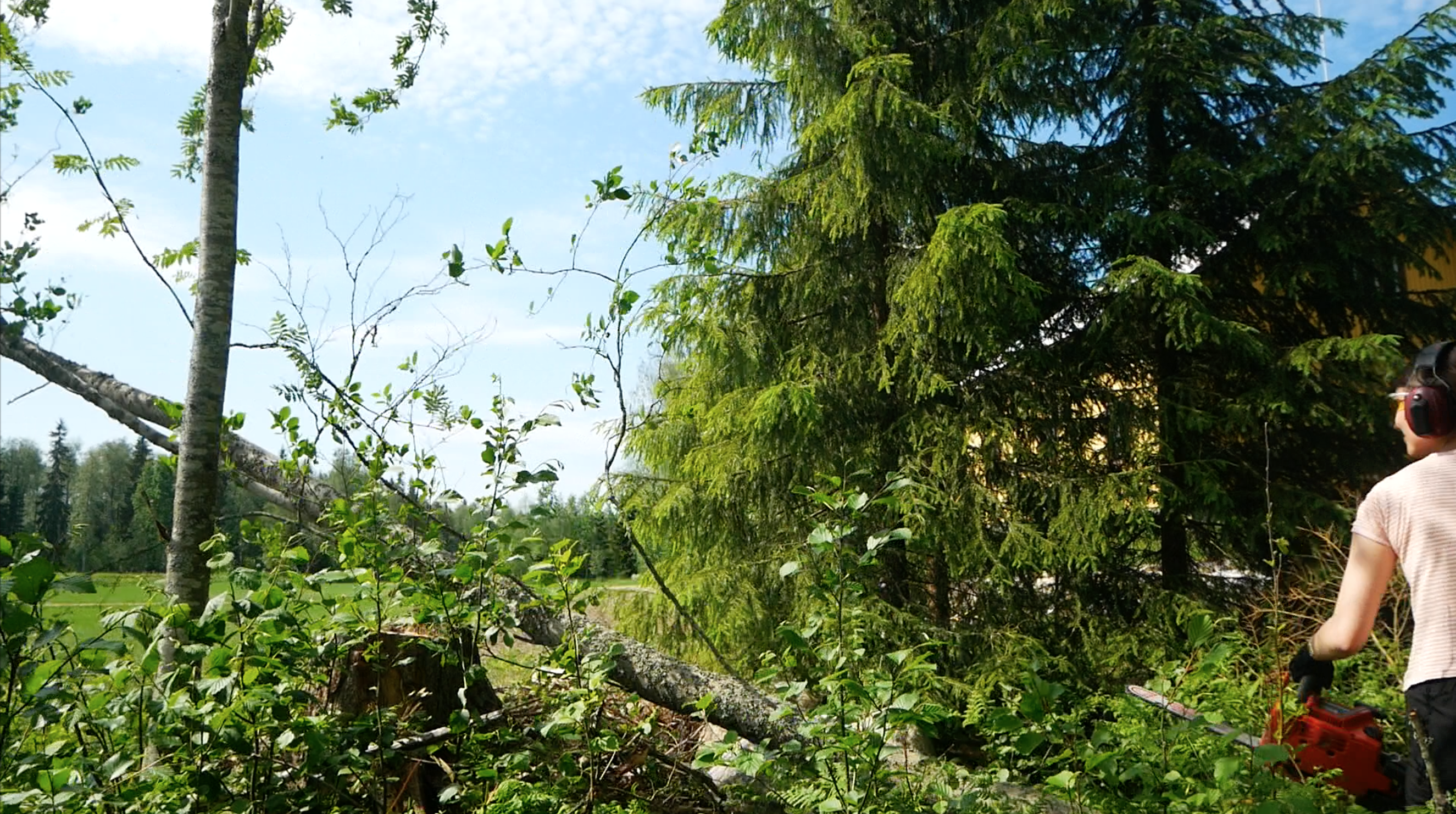
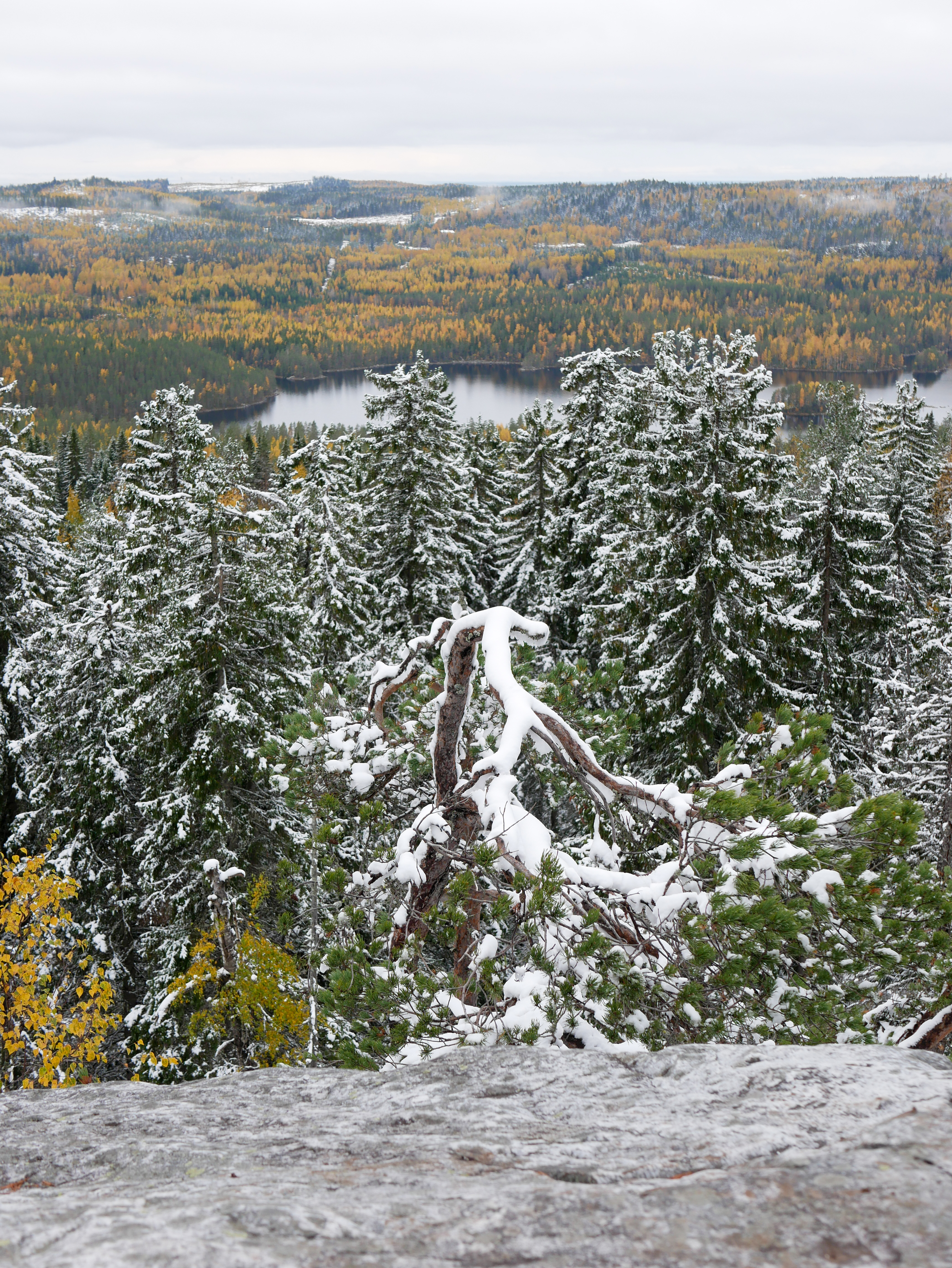
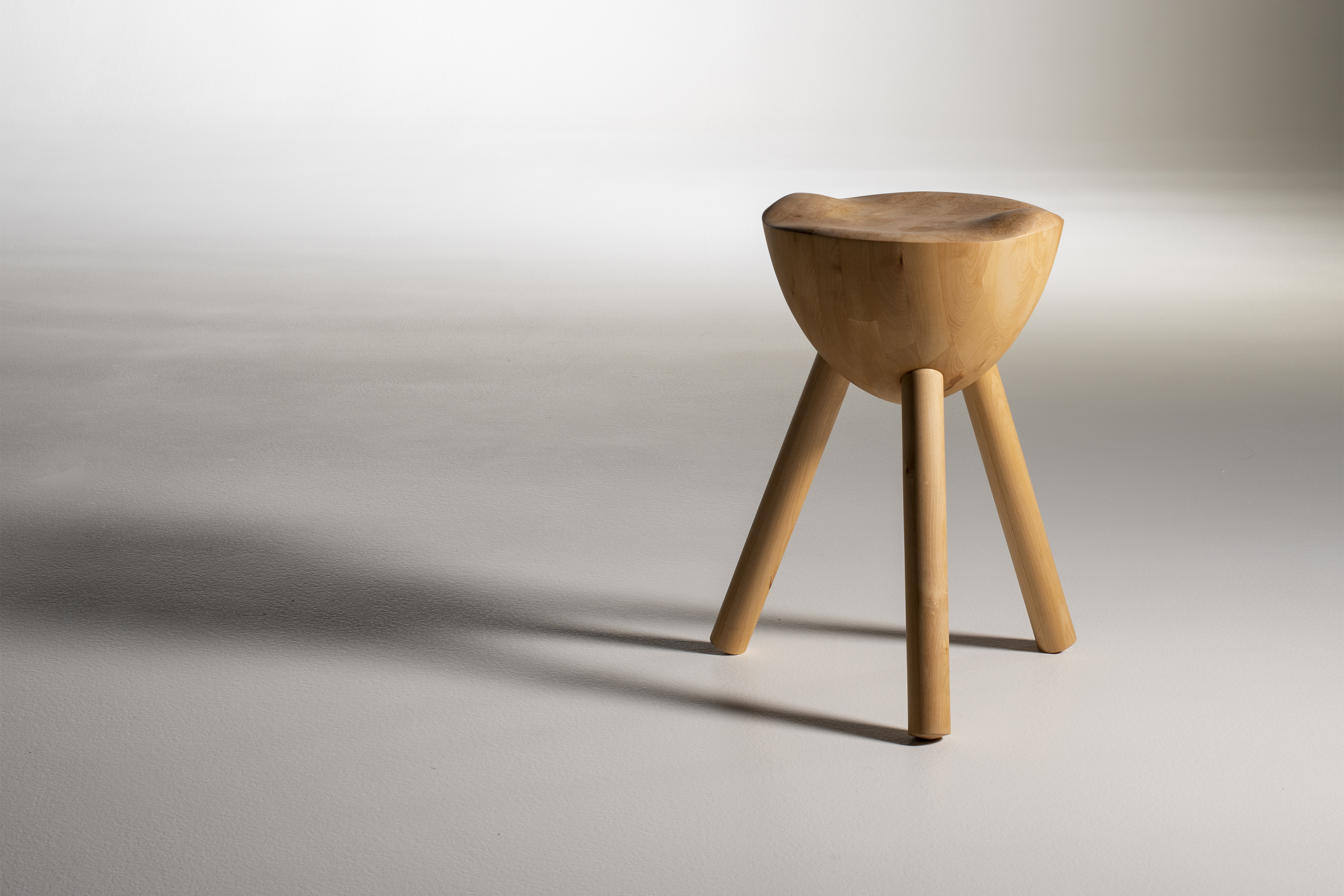
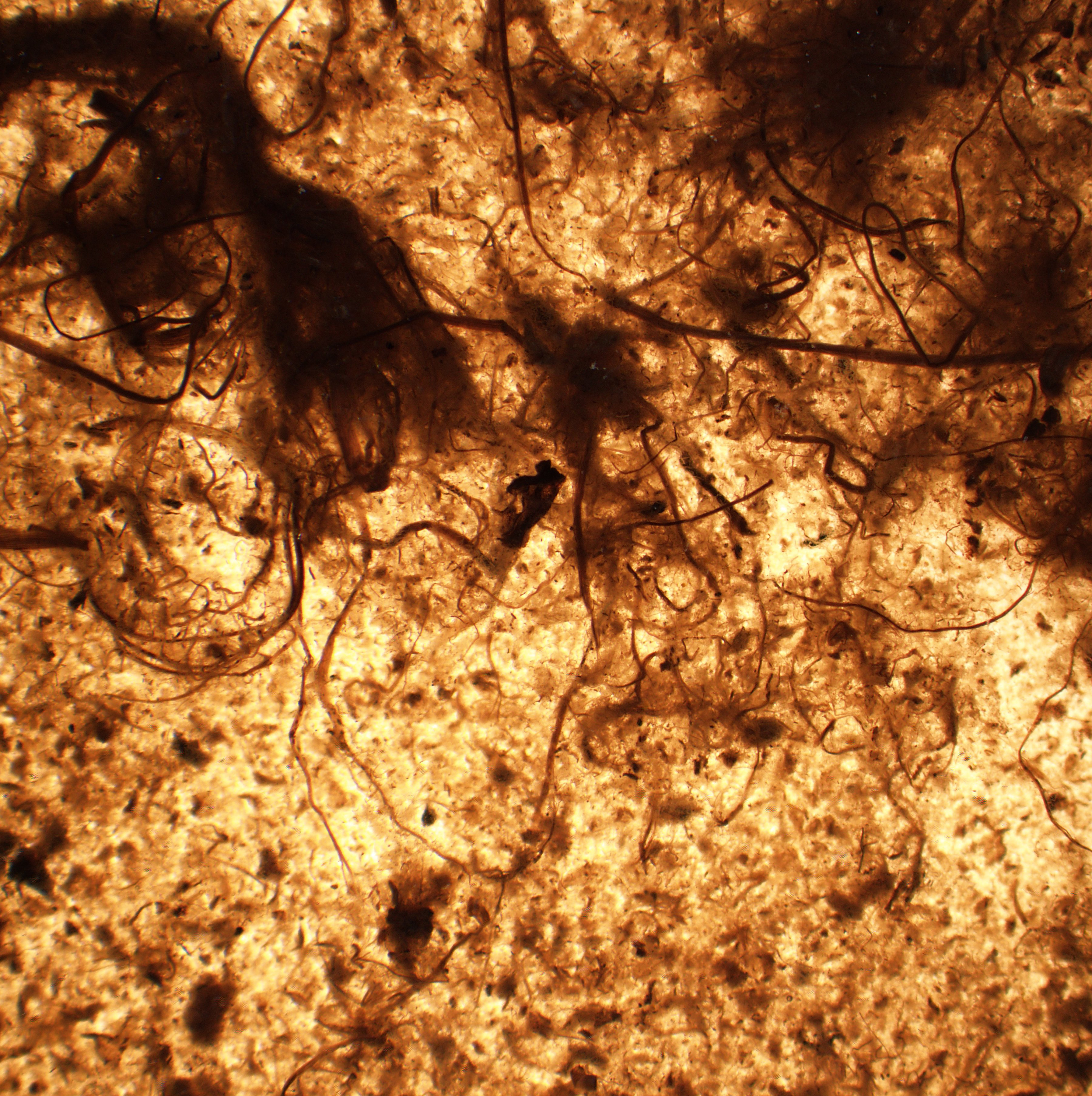
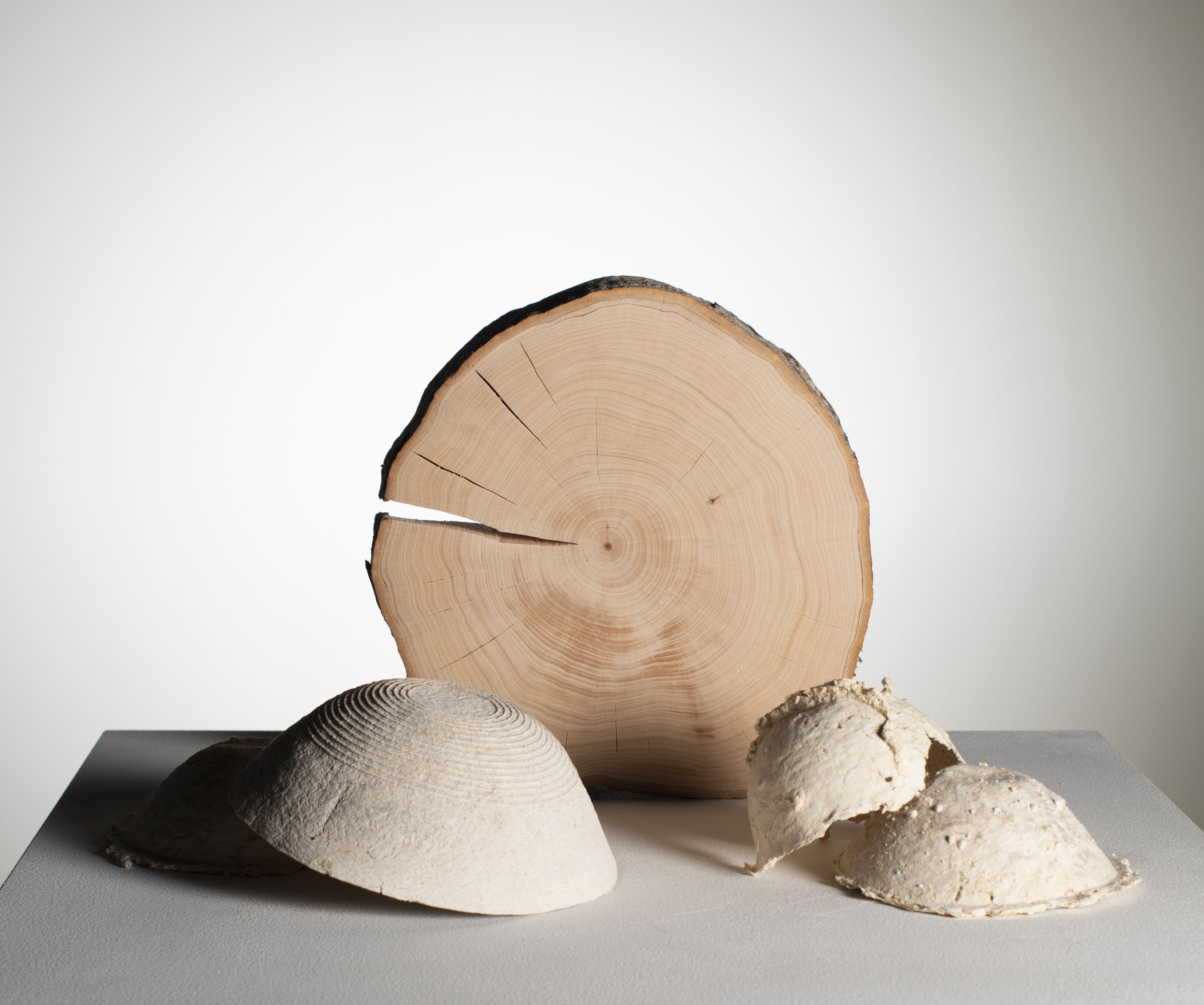
@SaaraKantele, 2020
Content licensed to the European Union.